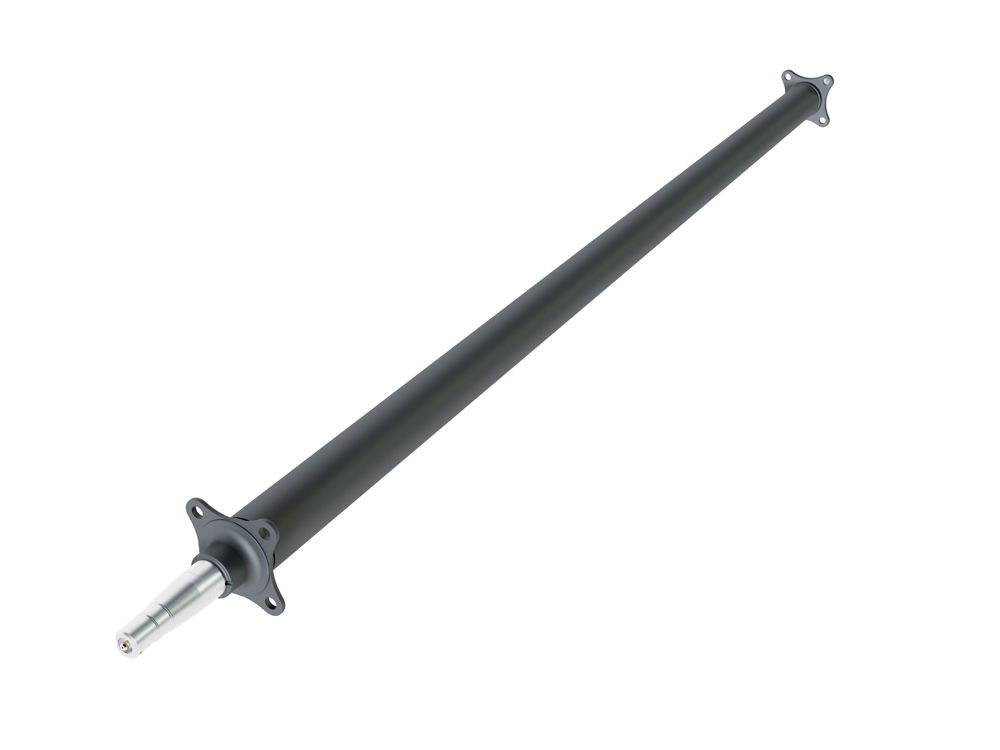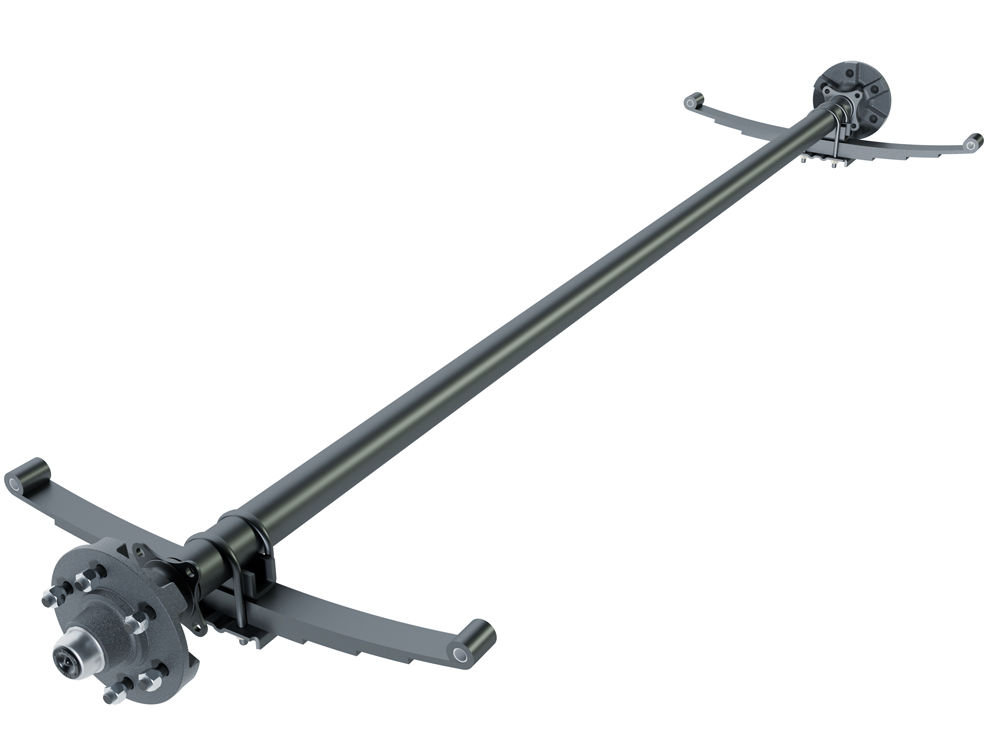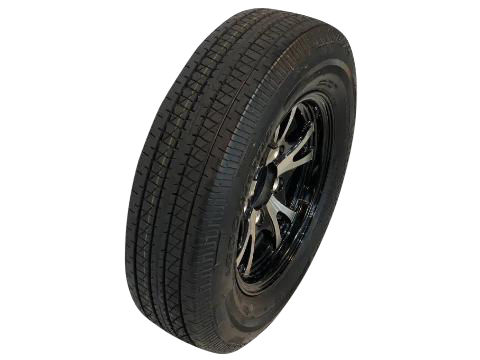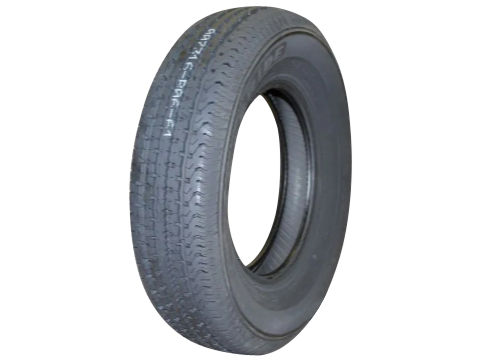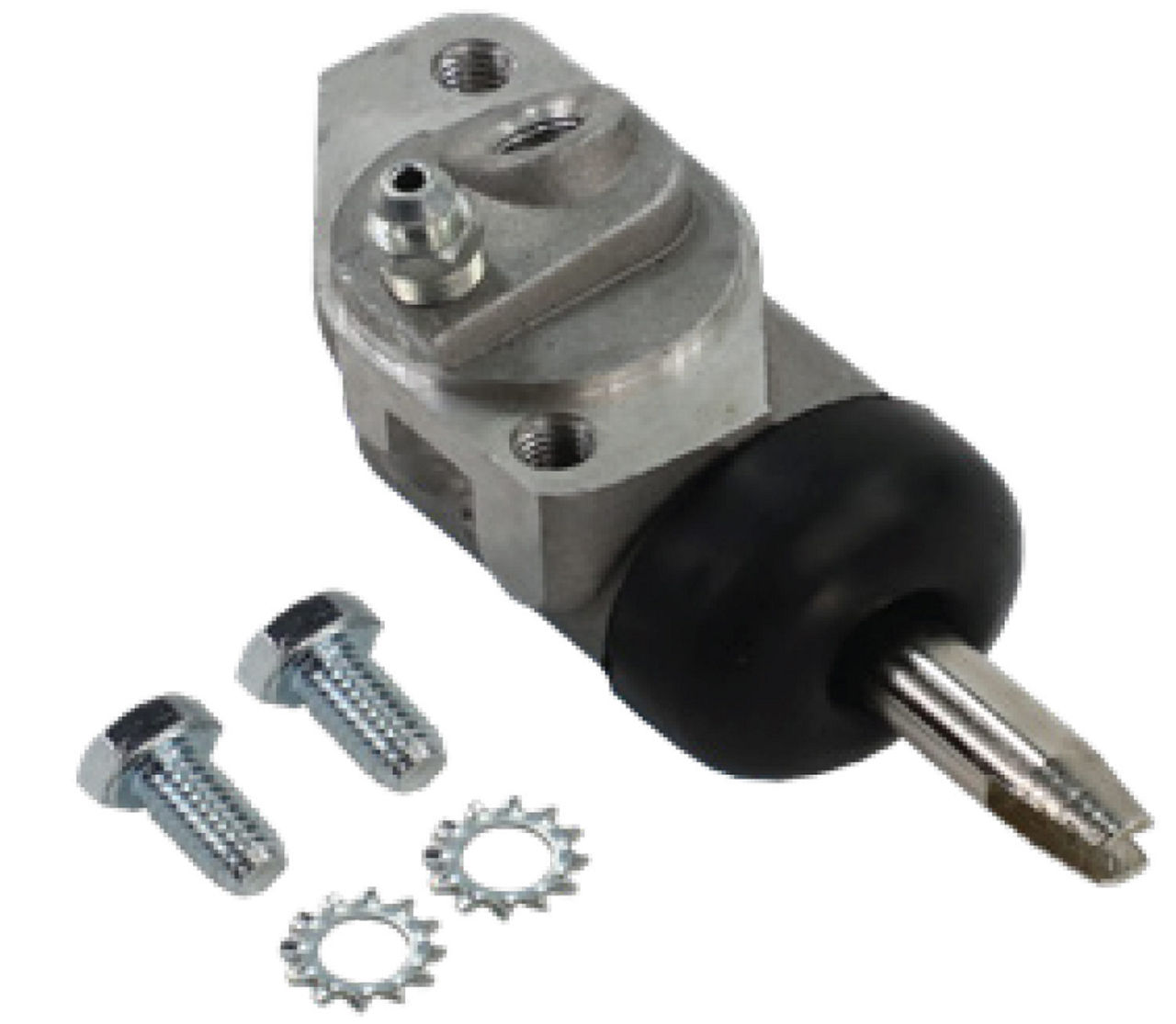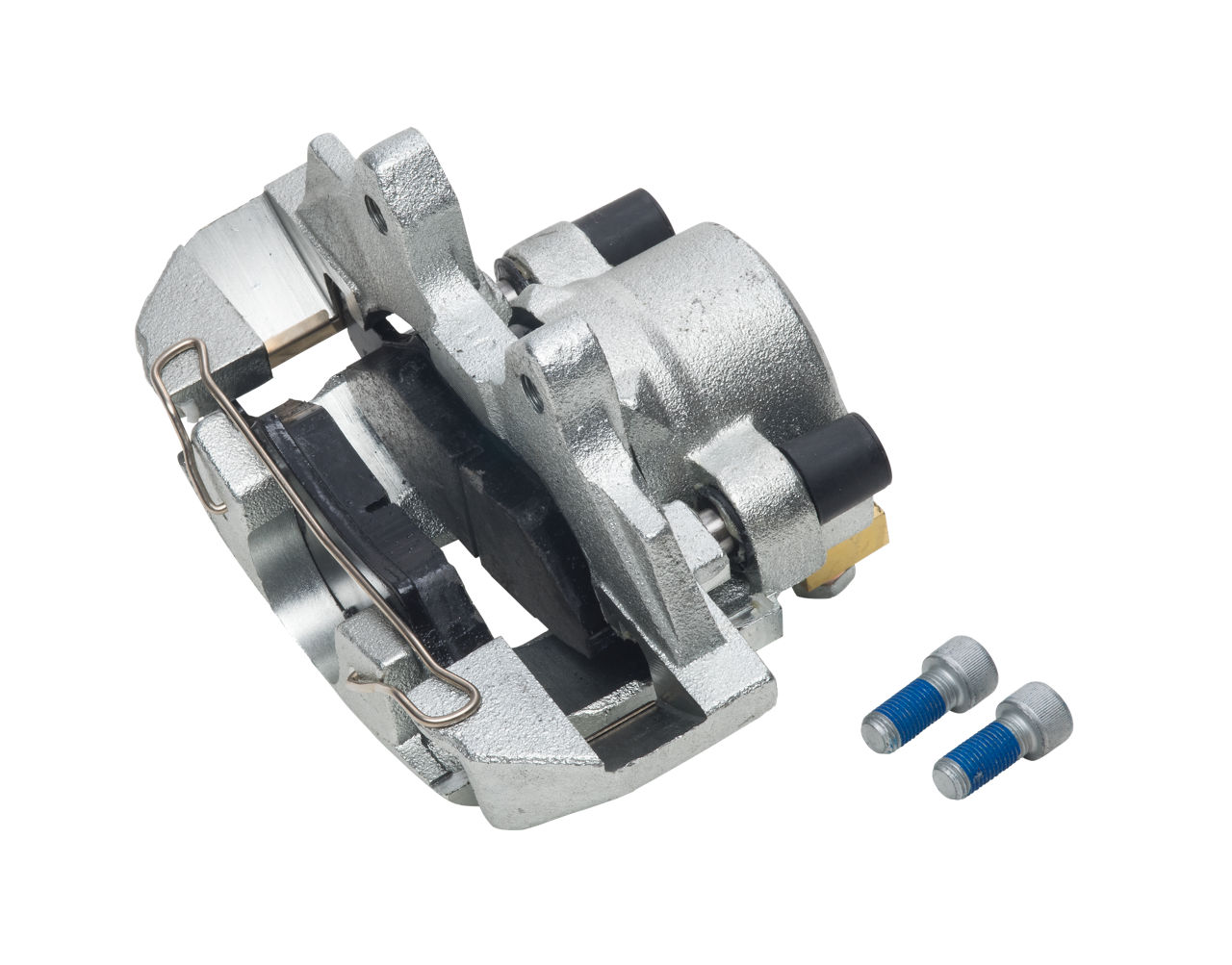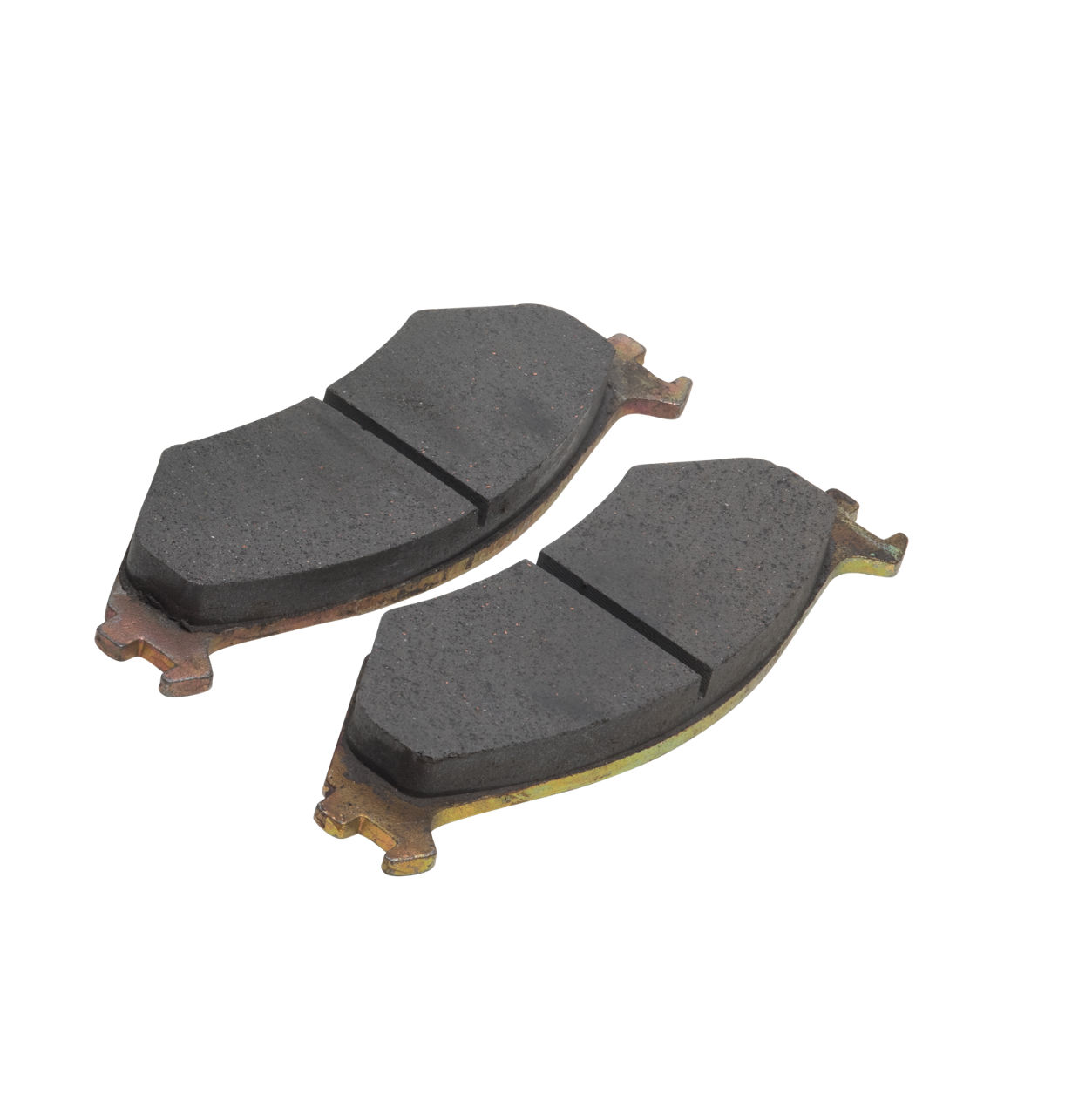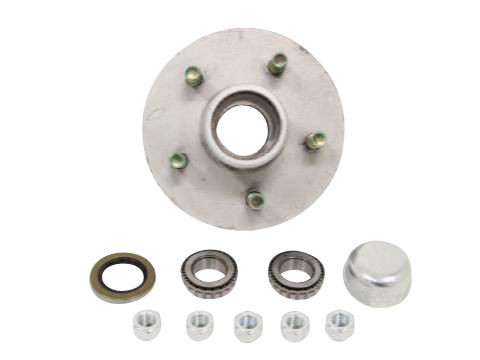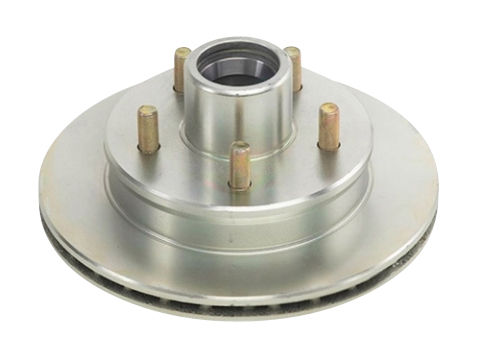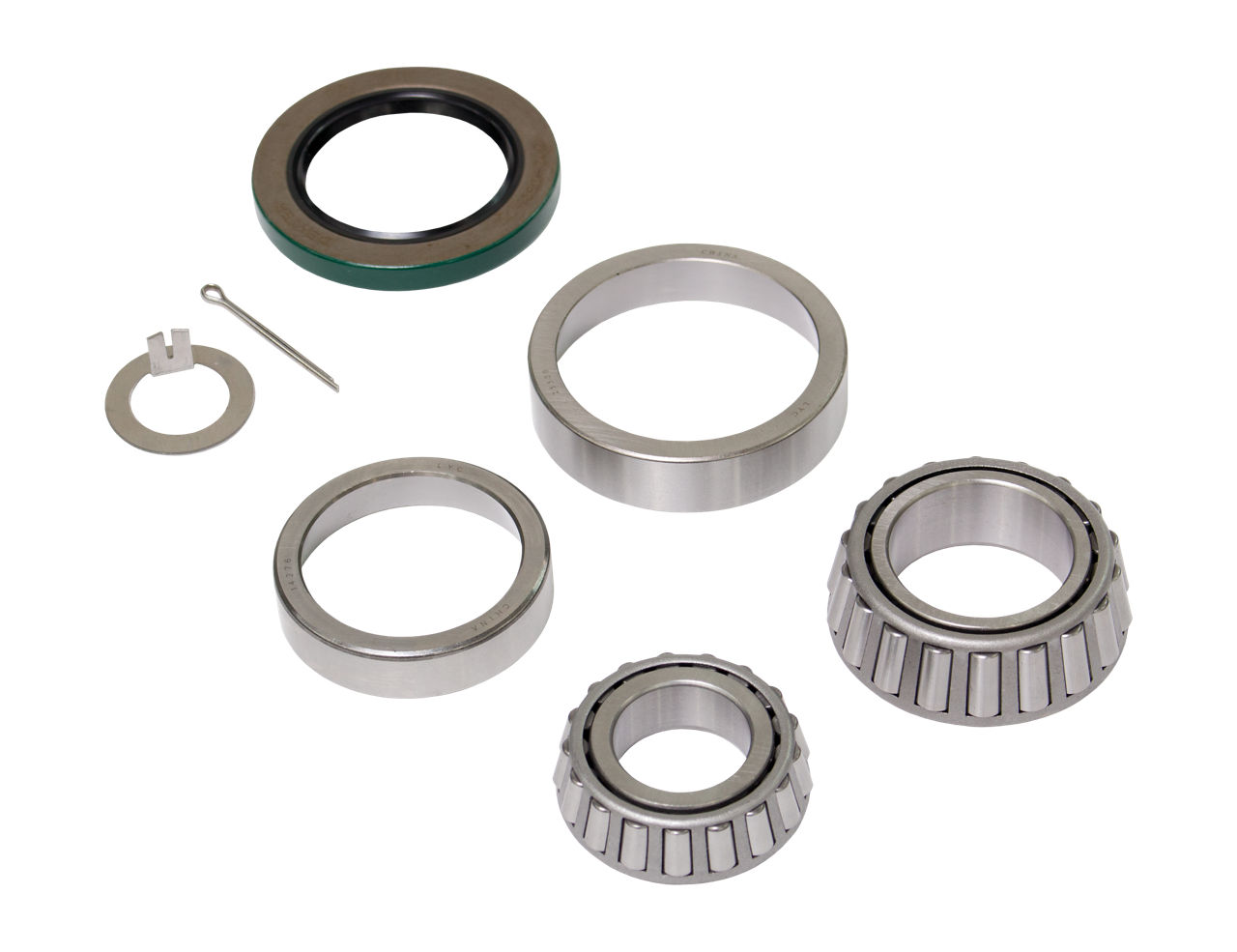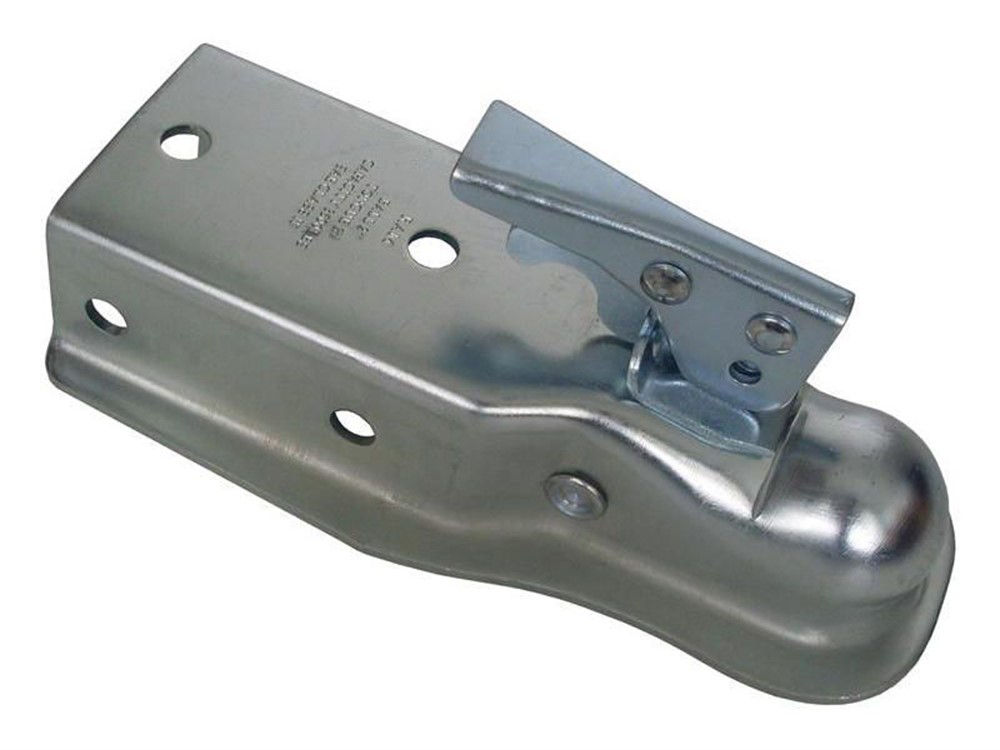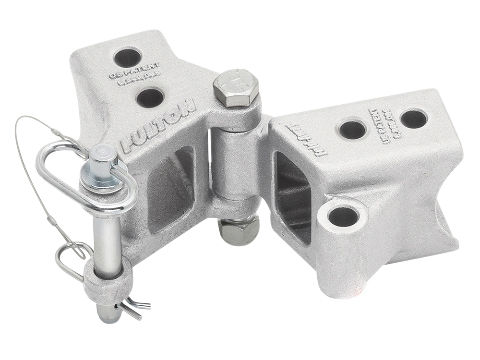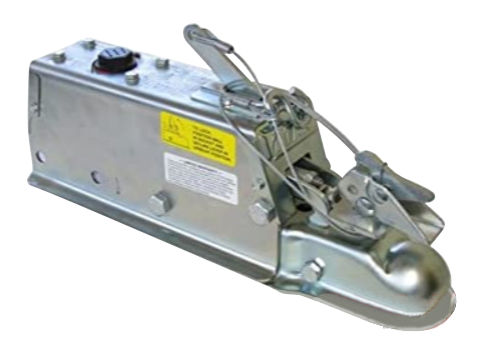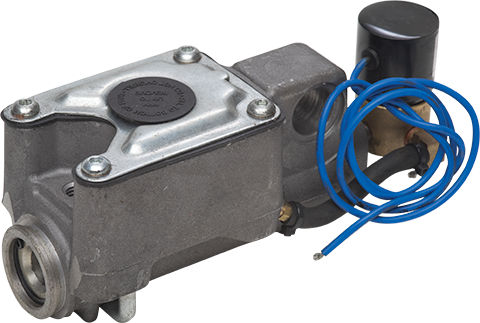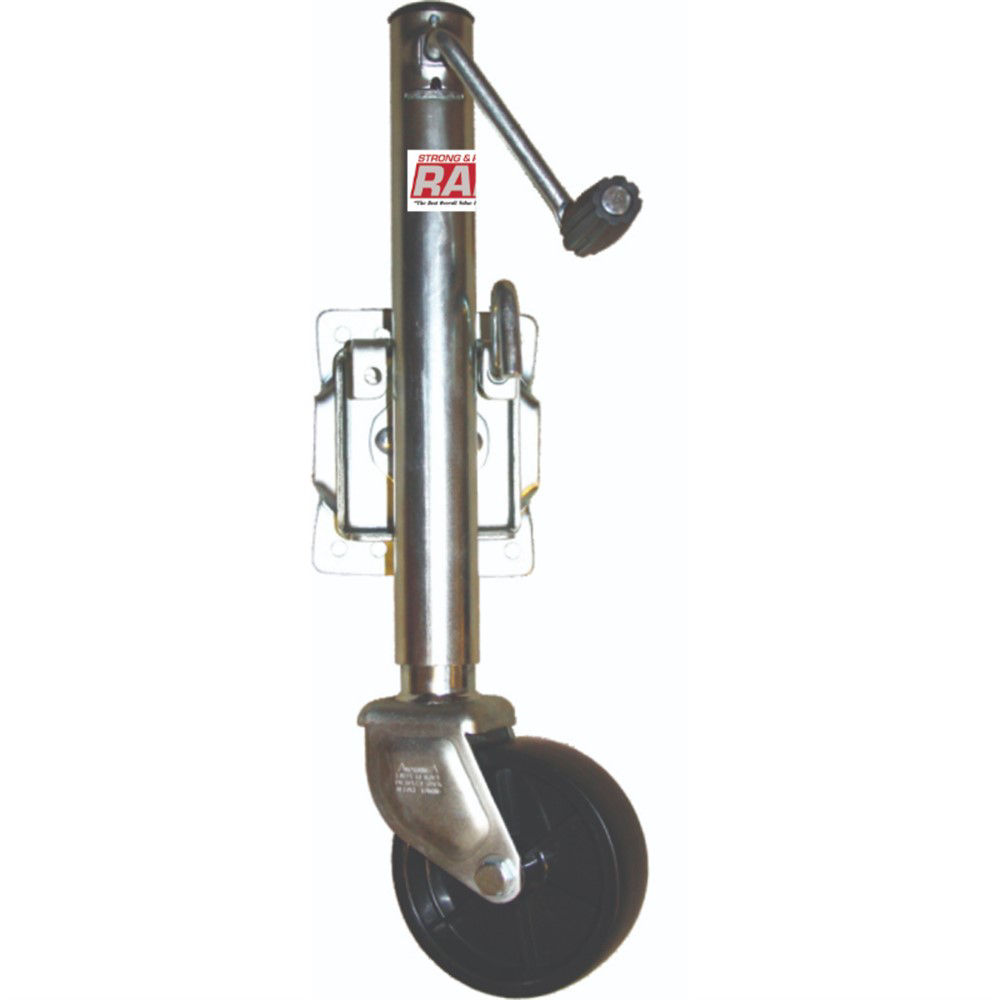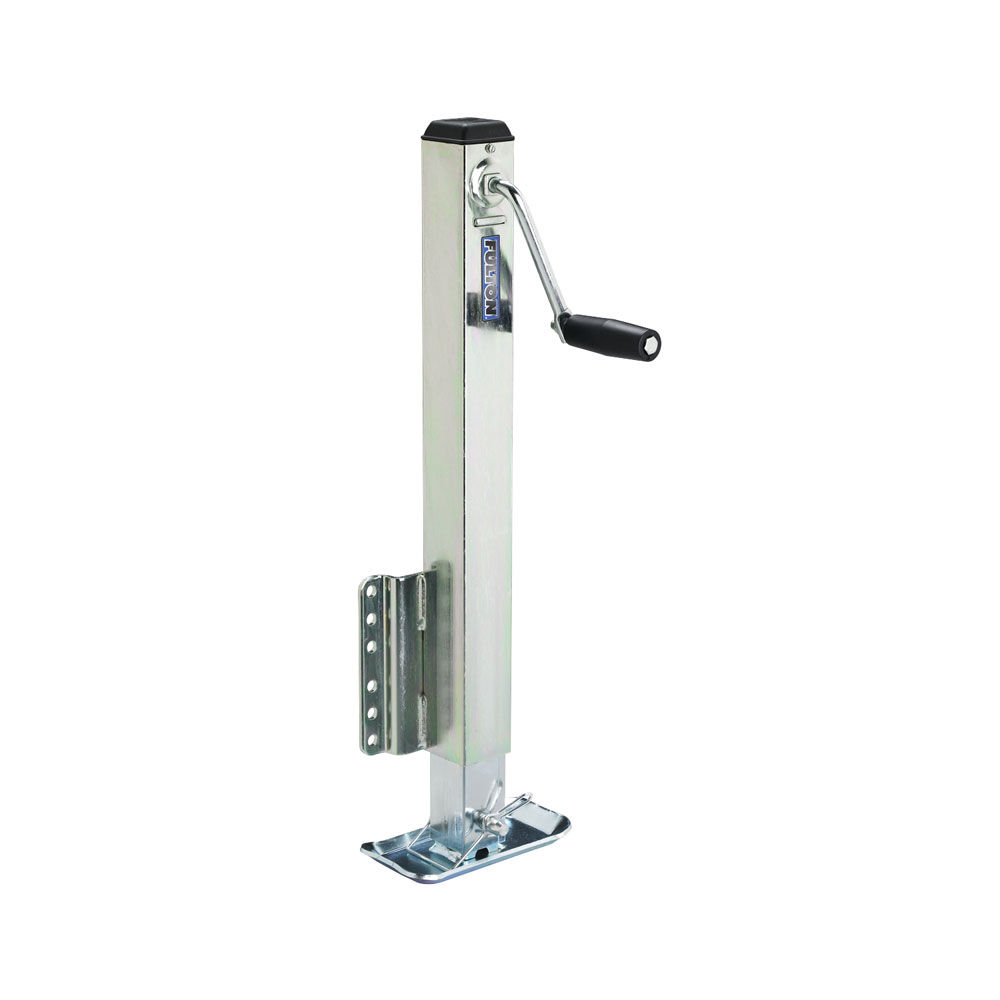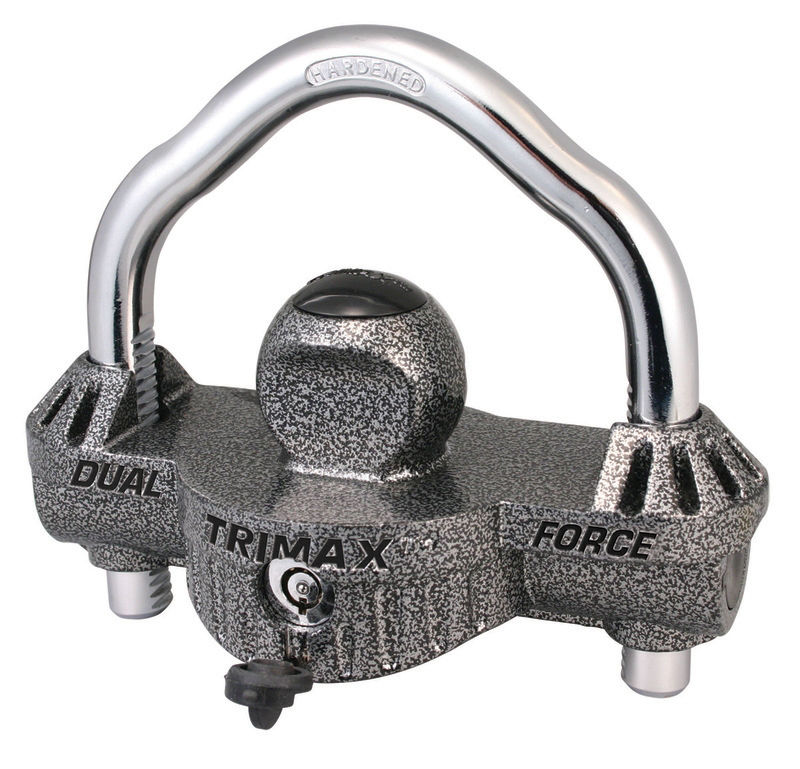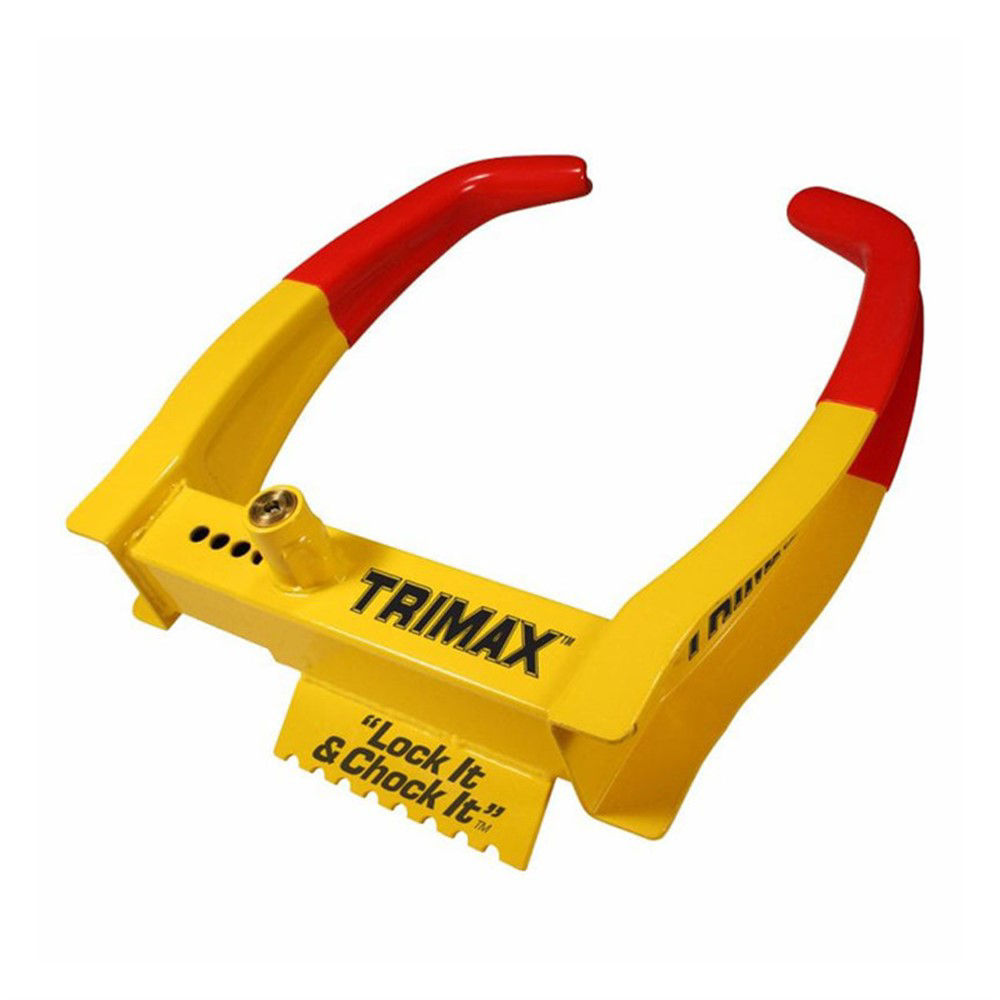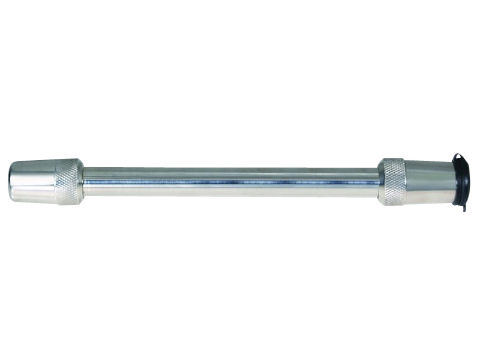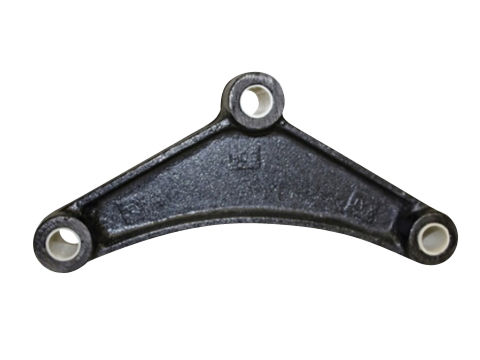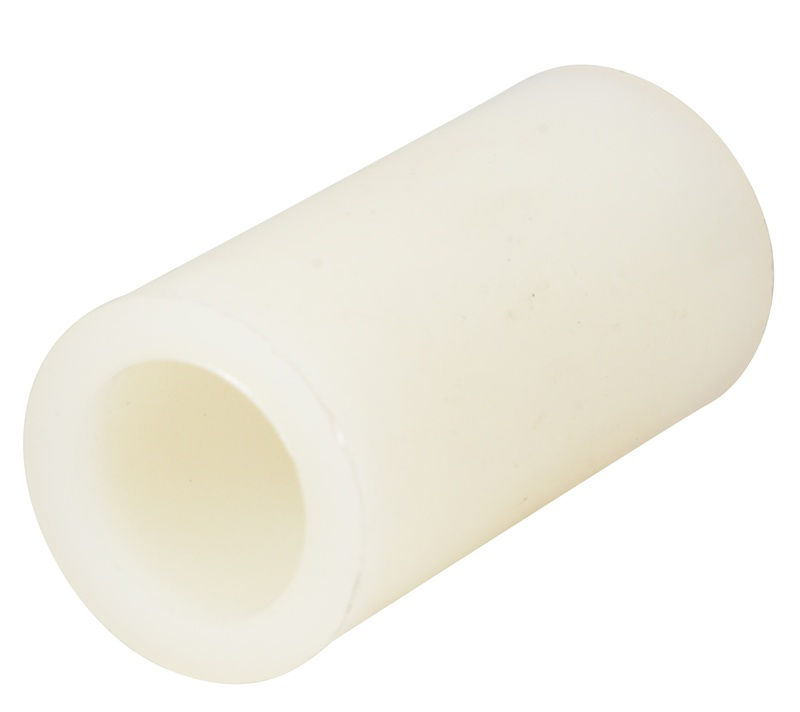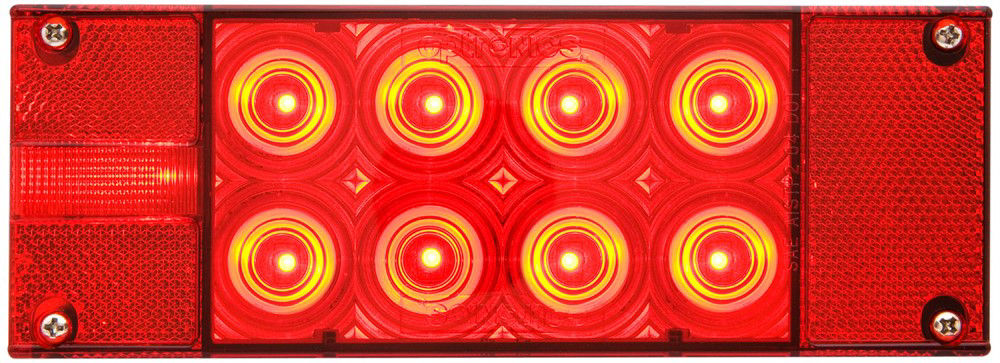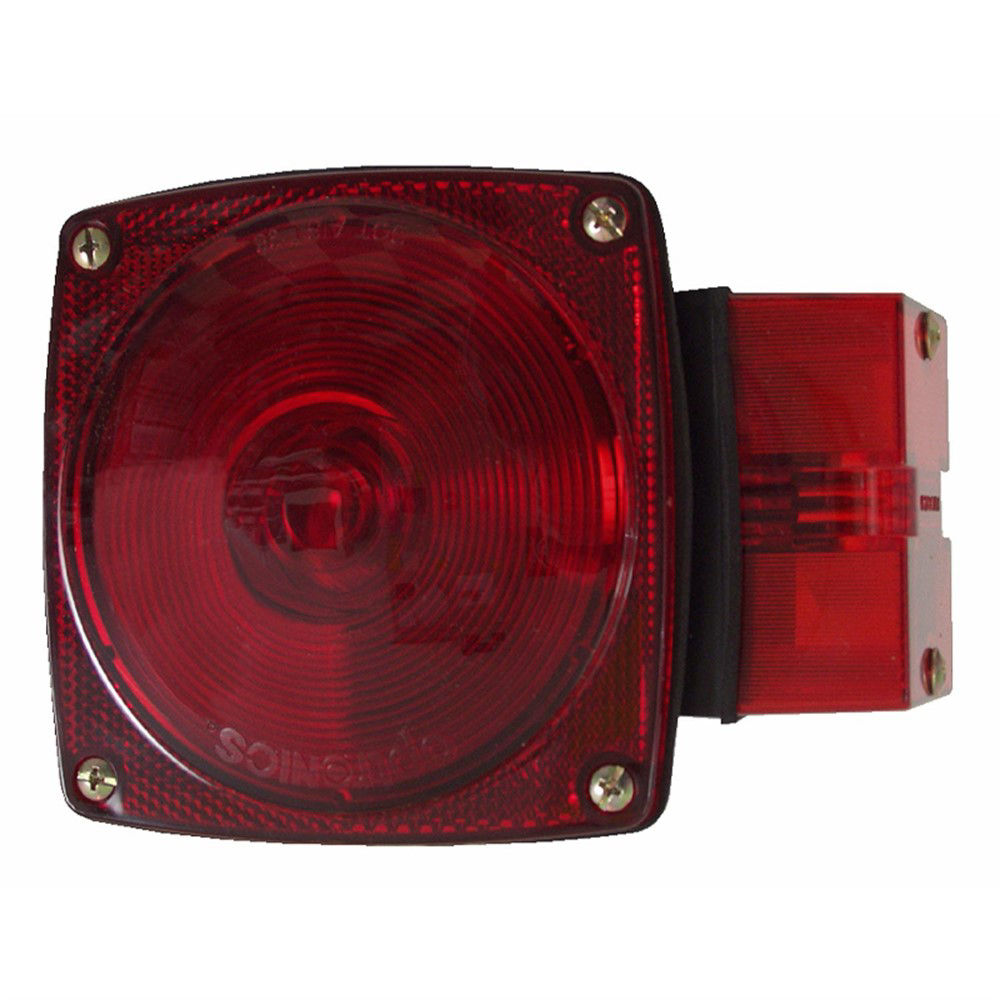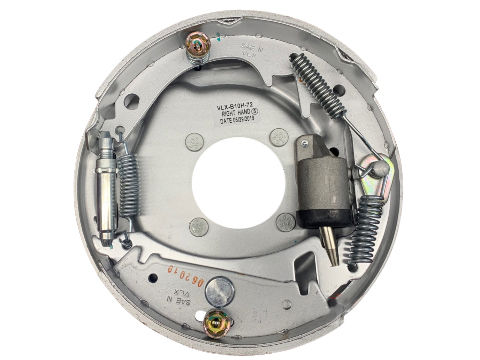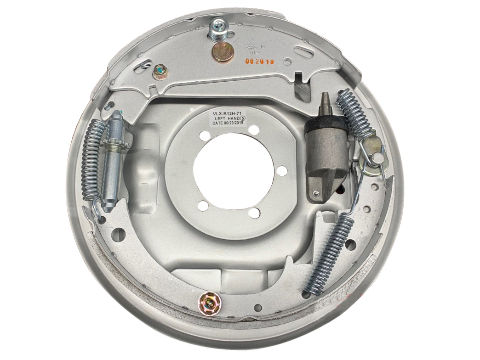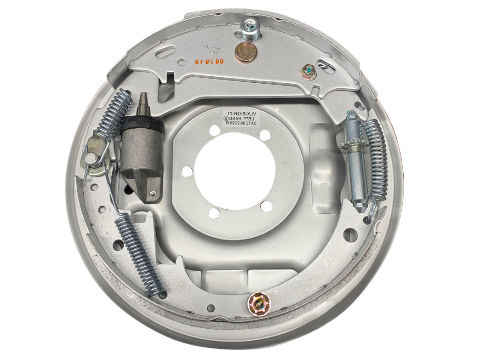Dexko Global
Boat Trailers
Parts, Kits & Accessories for Boat Trailers
Keep your boat trailer ready for the road with quality parts. From axles and hubs to springs, tires, and brakes, we have everything you need to tow safely and confidently to the water and back.
Fast shipping
OEM-trusted brands
Tech resources
Shop Popular Categories
Axle Assemblies
Tires & Wheels
Boat Trailer Brake Assemblies
Boat Trailer Axle Components
Boat Trailer Couplers
Boat Trailer Actuators
Boat Trailer Jacks
Boat Trailer Winches
Boat Trailer Locks
Boat Trailer Suspension
Boat Trailer Lighting
Boat Trailer — Overview
Dexter builds boat trailer systems for the water environment, focused on long life, ease of use, and serviceability. Options include galvanized, zinc-plated, or powder-coated finishes on axles and hardware, with components engineered for reliable launch and retrieval.
Marine axles are built to order in torsion or leaf-spring configurations including optional drop center variations. Pair with surge brake actuators, hydraulic drum or disc brakes, and sealed/underwater-rated lighting for dependable performance season after season.
Common Marine Applications
Pontoons & deck boats
Fishing & bass boats
Personal watercraft (PWC) & jet skis
Runabouts & inshore craft
Spec & Setup Tips
Choose torsion or leaf-spring axles to match ride and load.
Select galvanized, zinc-plated, or powder-coated finishes for corrosion resistance.
Match surge actuator with hydraulic drum or disc brakes.
Marine Maintenance
Rinse brakes, hubs, and hardware after saltwater use.
Use marine grease; inspect bearing protectors before the season.
Check winch straps and rollers for wear; replace if frayed/cracked.
Lighting & Wiring
Use sealed, submersible LED lamps and protect runs with loom.
Verify grounds—most lighting issues start there.
Add conspicuity/marker lighting for visibility at the ramp.
Boat Trailer FAQs
Need Assistance? Reach out to us:
Call Us:
- Swift Current: 855-778-7302
- Longueuil: 866-767-4867
- Brantford: 833-753-0013
- Milton: 877-876-3344
Email: canada@dextergroup.com

